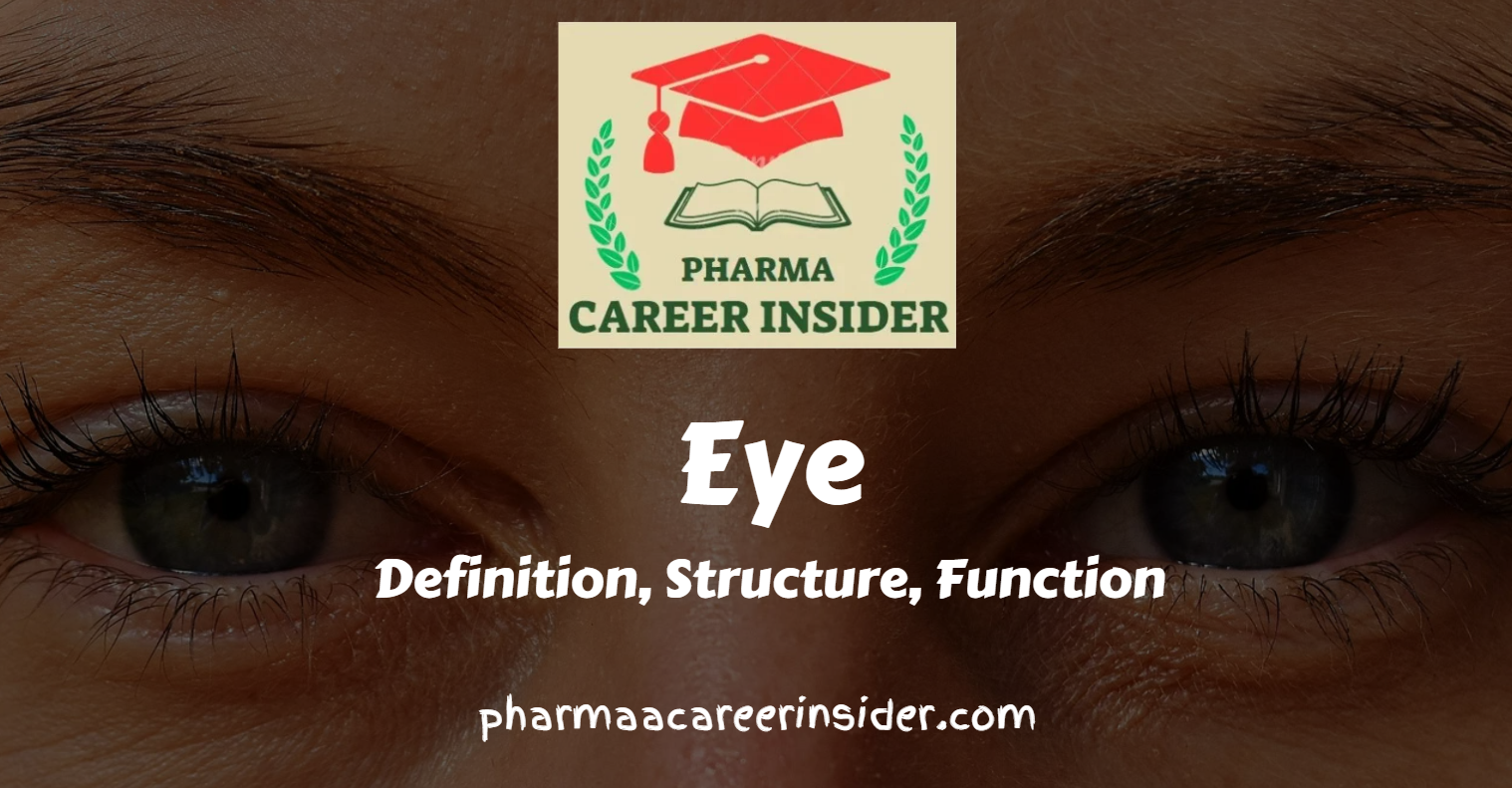Special sensory systems provide humans with more complex and specific environmental information. Unlike general senses, which include touch and pain, special senses are responsible for distinct, highly specialized functions. There are five primary special senses:
1. Vision (Sight):
The sense of vision allows individuals to perceive their surroundings through light detection. The eyes, which contain specialized photoreceptor cells called rods and cones, are the organs responsible for vision. Rods are sensitive to low light and are involved in night vision, while cones allow for color vision and visual acuity.
2. Hearing (Audition):
Hearing enables individuals to detect and interpret sound waves in the environment. The ear, particularly the cochlea in the inner ear, is responsible for hearing. Sound waves are converted into electrical signals that the brain can interpret.
3. Taste (Gustation):
Taste receptors on the tongue and oral cavity are responsible for gustation. These receptors detect flavors, including sweet, salty, sour, bitter, and umami. The sense of taste helps individuals evaluate food’s nutritional value and safety.
4. Smell (Olfaction):
Olfaction refers to the sense of smell, which involves detecting and distinguishing various odors in the environment. Olfactory receptors in the nasal passages play a crucial role in this sensory process. The sense of smell is closely connected to memory and emotional experiences.
5. Balance and Equilibrium (Vestibular Sense):
The vestibular sense is responsible for maintaining balance and equilibrium. It involves the inner ear’s vestibular system, which detects head position and motion. This sense helps individuals maintain their posture, coordinate movements, and sense spatial orientation.
Special senses are essential for experiencing and interacting with the world. They provide detailed information about the environment, allowing individuals to navigate their surroundings, enjoy the pleasures of food, and appreciate the beauty of the visual and auditory world. These highly developed senses work together to create a rich and meaningful sensory experience.
Structure and Functions of the Eye
The human eye is a complex sensory organ that plays a crucial role in the sense of vision. It allows individuals to perceive the world by capturing and processing visual information. The structure and functions of the eye can be divided into several components, each with a specific role. Here’s a detailed note on the structure and functions of the eye:
Structure of the Eye
1. Cornea:
– The cornea is the transparent, curved, and outermost part of the eye.
– It refracts (bends) light as it enters the eye, focusing it onto the lens.
– The cornea also provides a protective outer covering for the eye.
2. Iris:
– The iris is the colored part of the eye (e.g., blue, brown, green).
– It regulates the size of the pupil, controlling the amount of light that enters the eye.
– The iris acts like a camera aperture, adjusting pupil size in response to light levels.
3. Pupil:
– The pupil is the black, central opening in the middle of the iris.
– It controls the amount of light entering the eye. In bright conditions, the pupil constricts (becomes smaller), and in low light, it dilates (becomes larger).

4. Lens:
– The lens is a transparent, flexible structure located behind the iris.
– It further focuses incoming light onto the retina.
– The lens changes shape through accommodation, allowing for near and far vision.
5. Retina:
– The retina is the innermost layer at the back of the eye.
– It contains millions of light-sensitive cells, including rods (for low-light vision) and cones (for color and high-acuity vision).
– The retina converts light signals into electrical impulses that are sent to the brain via the optic nerve.
6. Optic Nerve:
– The optic nerve is a bundle of nerve fibers that carries visual information from the retina to the brain.
– It connects the eye to the brain’s visual centers, allowing perception and interpretation of visual stimuli.
Functions of the Eye
1. Light Detection: The eye captures and processes light from the surrounding environment. The cornea and lens bend and focus light onto the retina.
2. Visual Acuity: The retina’s cones enable high-acuity color vision, allowing individuals to perceive fine details and differentiate colors.
3. Dark and Light Vision: The rods in the retina are responsible for low-light or dark vision, making it possible to see in dimly lit conditions.
4. Accommodation: The lens can change shape to adjust its focal length, allowing the eye to focus on objects at varying distances.
5. Color Vision: Cones in the retina detect different wavelengths of light, providing color vision. Three types of cones are sensitive to red, green, and blue wavelengths.
6. Visual Processing: The retina converts light signals into electrical impulses, which are transmitted to the brain via the optic nerve. The brain processes and interprets these signals, enabling the perception of images, motion, and depth.
7. Visual Field: The eyes work together to provide a wide visual field, allowing individuals to see in three dimensions and providing depth perception.
8. Emotional and Social Signaling: The eyes play a significant role in non-verbal communication, expressing emotions, and conveying social cues.
The human eye is a remarkable organ that allows individuals to experience the visual world, perceive colors, shapes, and distances, and navigate their environment. Its intricate structure and complex functions make it one of the most vital sensory organs in the human body.
Disorders of the Eye
The eye is a complex and delicate organ, and various conditions and disorders can affect its structure and function, potentially leading to vision problems and discomfort. Here’s a short note on some common disorders of the eye:
1. Refractive Errors:
– Refractive errors include myopia (nearsightedness), hyperopia (farsightedness), and astigmatism.
– Myopia results in difficulty seeing distant objects, while hyperopia causes difficulty with close-up vision.
– Astigmatism leads to distorted or blurred vision due to an irregularly shaped cornea or lens.
2. Cataracts:
– Cataracts involve clouding the eye’s natural lens, causing blurry or dim vision.
– Age-related cataracts are common, but other types can occur due to injury or medication use.
3. Glaucoma:
– Glaucoma is a group of eye conditions that can damage the optic nerve, often due to increased intraocular pressure.
– It can lead to progressive vision loss and, if untreated, even blindness.
4. Age-Related Macular Degeneration (AMD):
– AMD is a leading cause of vision loss among older adults.
– It affects the macula, a part of the retina, resulting in a loss of central vision.
5. Diabetic Retinopathy:
– Diabetic retinopathy is a complication of diabetes.
– It damages blood vessels in the retina and can lead to vision problems, including blindness.
6. Conjunctivitis (Pink Eye):
– Conjunctivitis is an inflammation of the conjunctiva, the clear membrane covering the white part of the eye.
– Infections, allergies, or irritants can cause it and lead to redness and discharge.
7. Dry Eye Syndrome:
– Dry eye syndrome occurs when the eye doesn’t produce enough tears or when tears evaporate too quickly.
– It results in eye discomfort, redness, and a gritty sensation.
8. Retinal Detachment:
– Retinal detachment happens when the retina separates from the back of the eye.
– A medical emergency can cause sudden vision loss if not promptly treated.
9. Keratitis:
– Keratitis is the inflammation of the cornea, often due to infection or injury.
– Symptoms include pain, redness, and sensitivity to light.
10. Strabismus:
– Strabismus, or crossed eyes, is a misalignment of the eyes.
– It can lead to double vision and impaired depth perception.
11. Ptosis:
– Ptosis is a drooping of the upper eyelid, often due to a weak or damaged levator muscle.
– It can partially or completely cover the pupil and affect vision.
12. Color Blindness:
– Color blindness, often a genetic condition, affects the ability to distinguish certain colors.
– It can range from difficulty with specific color perception to complete color blindness.
13. Presbyopia:
– Presbyopia is an age-related condition where the eye’s lens loses flexibility, making it difficult to focus on close objects.
– It commonly affects individuals over the age of 40.




